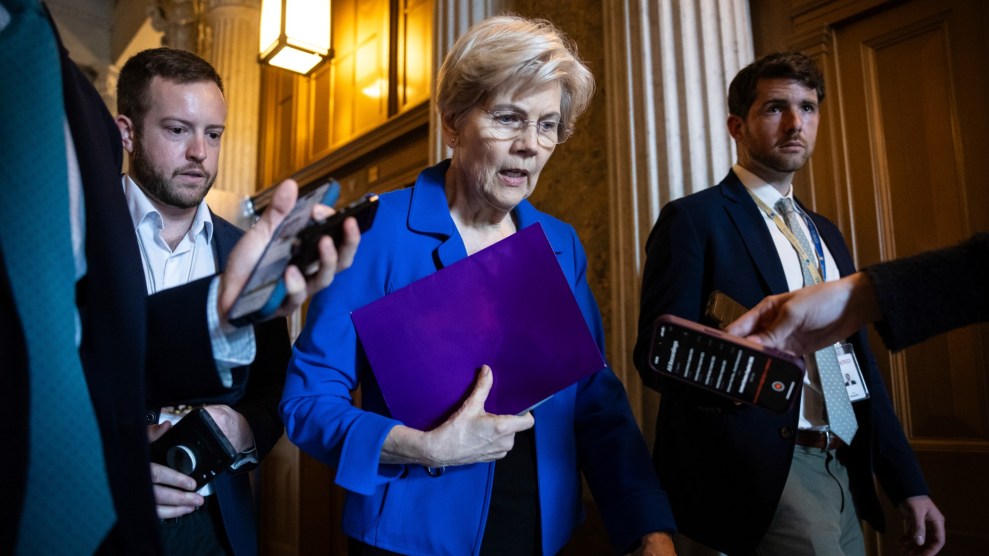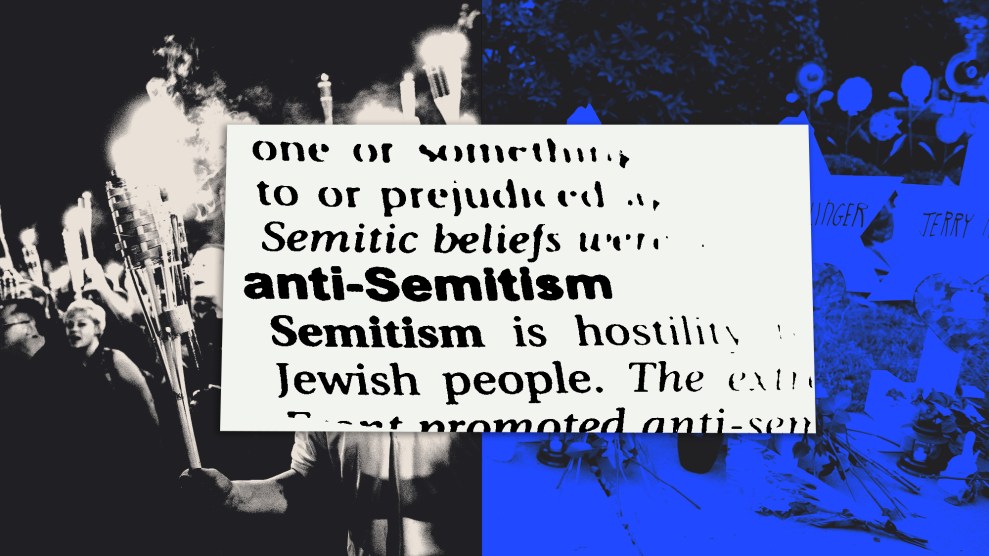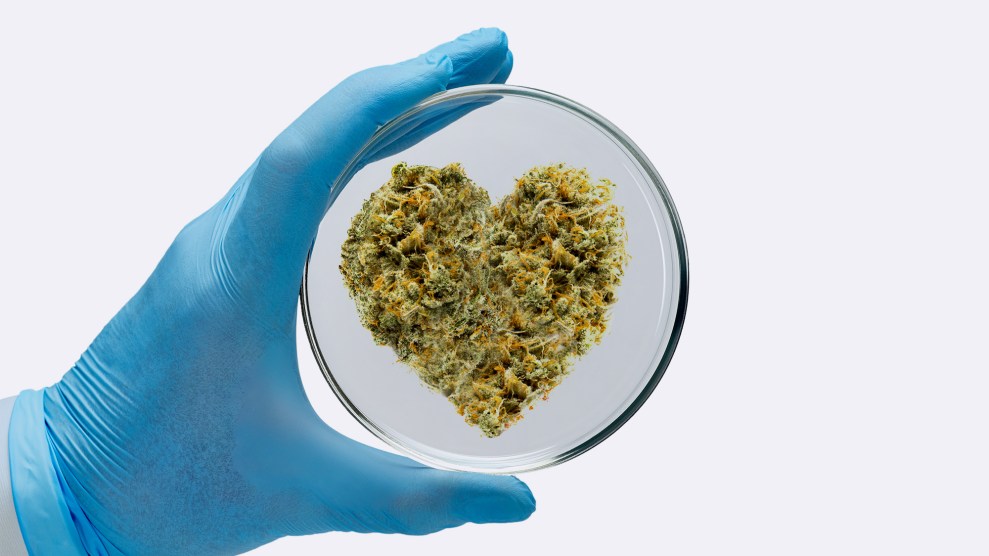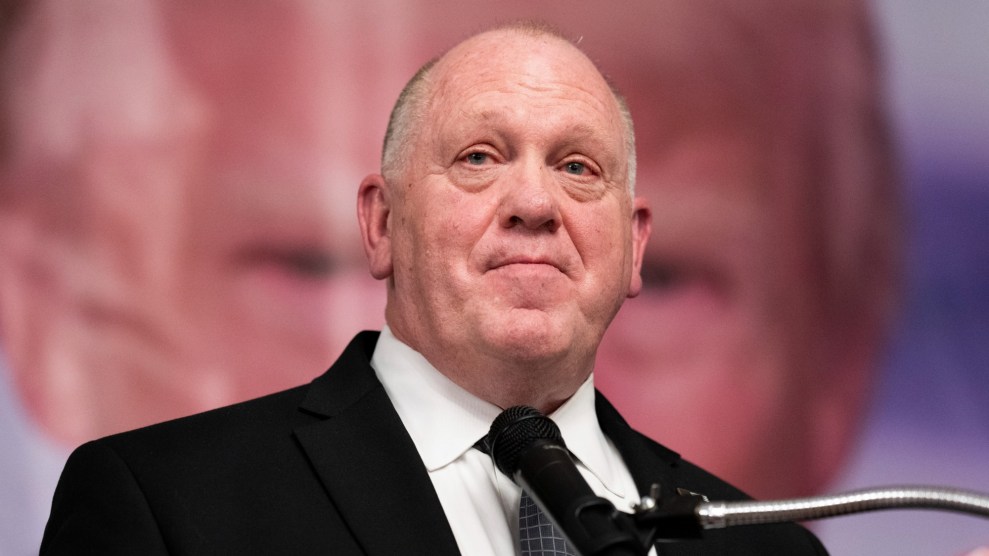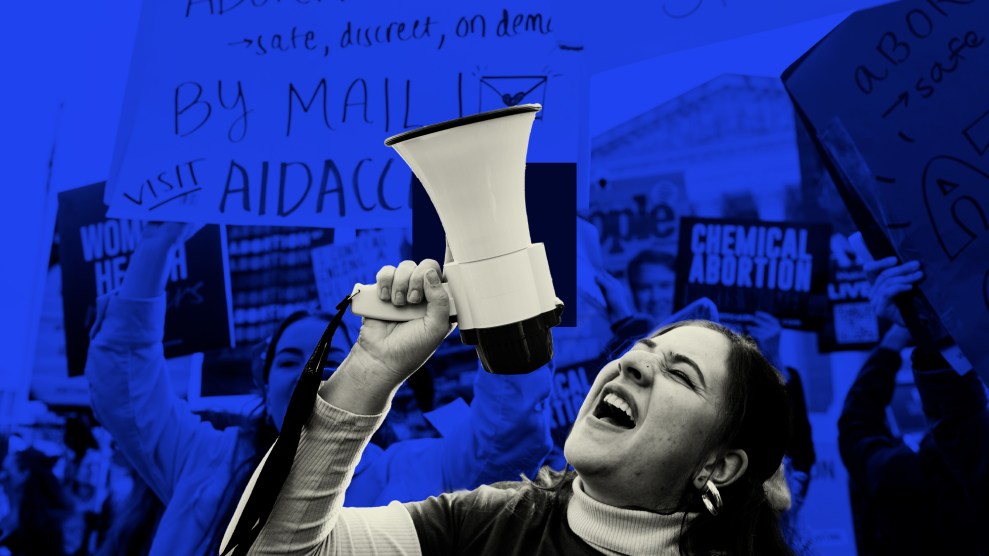The good headline news out of Iraq today, of course, is that Shiites and Kurds in the National Assembly finally agreed to elect a Presidency Council—with Kurdish leader Jalal Talabani as president, Shiite technocrat Adel Abdel Mahdi as vice-president, and Sunni Sheikh Ghazi al-Yawar as the other vice-president. Of course, as Spencer Ackerman points out, the key thing to watch for here is what the Shiites and Kurds actually needed to agree on before selecting the Council:
We still don’t know exactly how the deadlock was broken, but reportedly, the next several days will clarify what assurances the Shia and Kurdish parties gave to one another. It seems so far that the deal came as part of an agreement to dispense ministries according to a still-unclear (and perhaps mutable) sectarian formula and to accept the Transitional Administrative Law as the roadmap for reserving the more intractable issues–federalism, Kirkuk, oil–for the constitution. (I have a suspicion that’s what the Kurds were after all along.)
Eli Lake of the New York Sun reports that the Kurds will get to keep the pesh merga as an intact force funded by Baghdad but outside any chain of command answerable to the Ministry of Defense–that is, a parallel security structure nominally serving under the Iraqi flag. And not surprisingly, the UIA decided that what’s good for the Kurds is good for them: While still awaiting details, it appears from Lake’s piece that the UIA-affiliated SCIRI and Da’wa parties that control southern provincial governorates will have their own institutionalized militias outside formal state control. So much for Baghdad holding a monopoly on violence.
The compromise on militias is not the most auspicious news around, especially since the Kurds still want to keep the option of seceding from Iraq should, ahem, anything go astray. Meanwhile, there have been signs in the past that the radical Shiites down South have been thinking about secession. And Knight Ridder’s Hannah Allam reported a while back that Shiite militias in the south have been embarking on their own vigilante missions, hunting down and assassinating ex-Baathists. Her colleague Tom Lasseter follows up on those reports today. None of this bodes well for Iraq’s future stability. This doesn’t mean civil war is in the cards—unless either the Kurds or the southern provinces do decide to secede and there’s a dispute over who gets what oil revenue—but it does mean that Iraq may start to look more and more like warlord-wracked Afghanistan.
Oh, and we still know very little about what the Shiites and Kurds agreed to as far as implementing Islamic law and Islamic family law in Iraq. Details surrounding this little facet of the new government should start to emerge in the coming days. (I’ve written a brief little backgrounder on the subject here; it’s a bit arcane, but obviously important to a large number of Iraqis, including the vast majority of women who would be relegated to second-class citizenship under strict Islamic family law.)
In other news, Swopa, who’s track record on predictions has been nothing short of remarkable over the months, notes that the new Iraqi government may not yet be safe and sound. The Presidency Council has two weeks to select a prime minister to replace Ayad Allawi, and in that time the Kurds or Sunnis could make some last-minute demands by denying support to Ibrahim Jaaferi, the Islamist candidate favored by the Shiite majority party, the United Iraqi Alliance. Now, before I get too wild splashing cold water all around, make no mistake: the agreement today is pretty undeniably a positive development. And Talabani, the new and mostly symbolic president, is making all the right noises on reconciling Iraq’s sectarian differences. But the more ominous signs lurking beneath the surface deserve attention too.
